Press
Truffle Mushroom Risotto Paired with Double L Vineyard Pinot Noir: A Match Made in Culinary Heaven
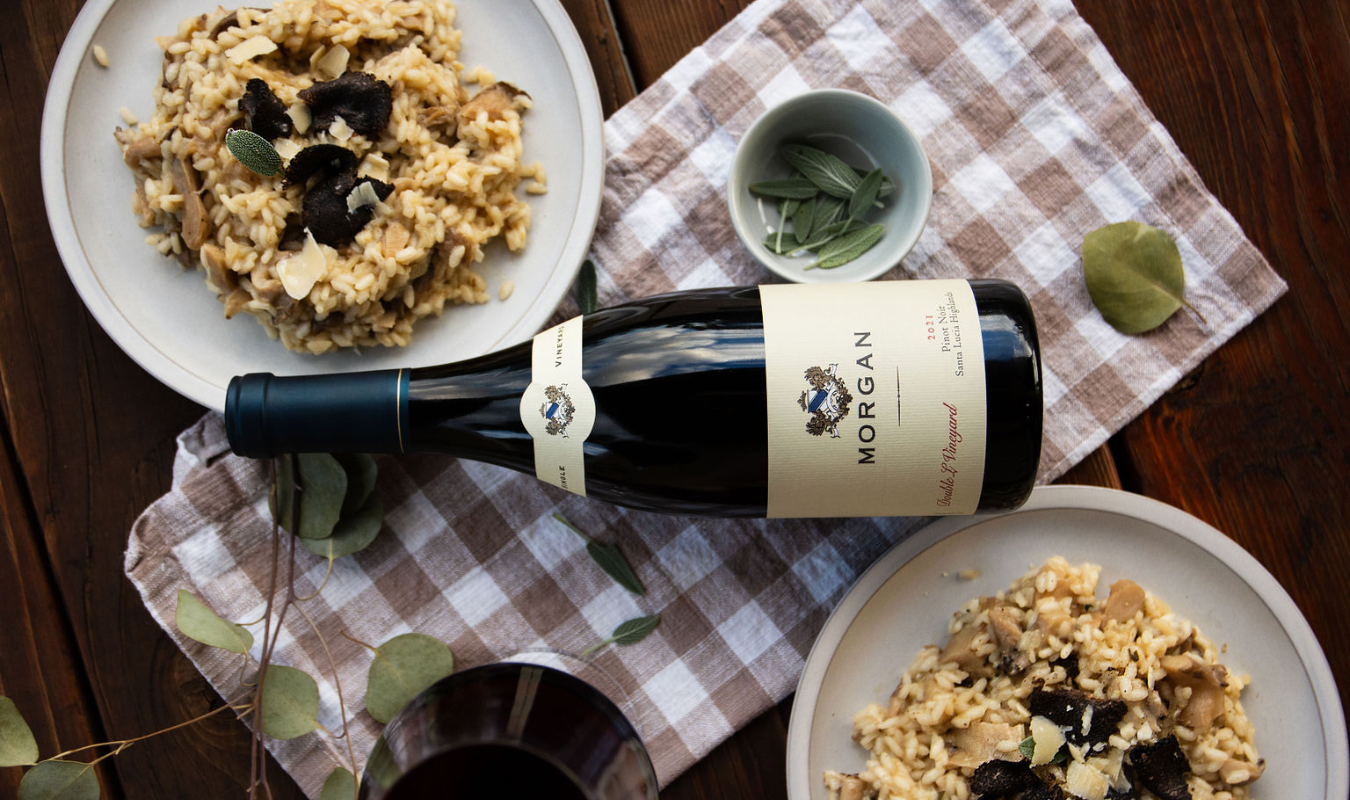
Indulge in a luxurious dining experience with this truffle-infused mushroom risotto, perfectly paired with our Double L Vineyard Pinot Noir. The rich and earthy flavors of the risotto beautifully complement the nuanced characteristics of the wine. As you savor each bite of the creamy risotto, enhanced by the umami-rich mushrooms and luxurious truffle aroma, you'll find the perfect harmony with the Pinot Noir's notes of red and dark fruits, subtle earthiness, and hints of spice. The silky mouthfeel of the wine complements the creamy texture of the risotto, creating a truly satisfying culinary experience. Treat yourself to this elegant pairing, ideal for a special evening or celebratory occasion.
Yield: 4 servings
Ingredients:
5 cups well-seasoned stock (vegetable, garlic, or seafood, based on preference)
Salt and freshly ground black pepper, to taste
2 tablespoons extra-virgin olive oil
2 shallots, finely diced
3/4 lb assorted mushrooms (maitake, shiitake, or wild mushrooms of choice)
3 garlic cloves, finely diced
6 fresh sage leaves
1 cup Arborio rice
1/3 cup non-aromatic white wine (Chardonnay is our go-to)
Freshly chopped parsley
1/2 cup freshly shaved Parmesan cheese
Fresh Perigord truffles
Instructions:
Begin by heating the stock in a pot, ensuring it is brought to a simmer and seasoned to perfection.
In a large saucepan, heat the extra-virgin olive oil over medium heat. Sauté the finely diced shallots until softened, approximately 5 minutes.
Increase the heat to high and add the assorted mushrooms. Stir and cook until they begin to release their natural juices. Introduce the finely diced garlic and fresh sage leaves, continuing to stir until fragrant. Season with salt and black pepper to elevate the flavors.
Incorporate the Arborio rice into the pan, stirring until the grains start to pop and become aromatic. Pour in the non-aromatic white wine, stirring until fully absorbed by the rice.
Begin the risotto cooking process by adding enough simmering stock to cover the rice. Reduce the heat to maintain a slow bubble and stir the mixture often. Continue this process until the stock is almost absorbed. Gradually add more stock, one or two ladles at a time, continuing to stir regularly. Repeat this step for 25-30 minutes or until the rice reaches the desired creamy consistency. Taste and season as needed while assessing the doneness of the rice, ensuring it is fully cooked yet maintains a delightful firmness.
Once the rice is perfectly cooked, add one final ladleful of stock, and stir in the freshly chopped parsley and Parmesan cheese. Remove the risotto from heat.
To elevate the dish, shave fresh Perigord truffles generously over each serving. Season with freshly cracked black pepper and serve immediately, garnished with fresh sage leaves and additional chopped parsley for a visually stunning and indulgent experience.
Your FAQs to Organically Farmed Wines: A Wine Grower's Perspective
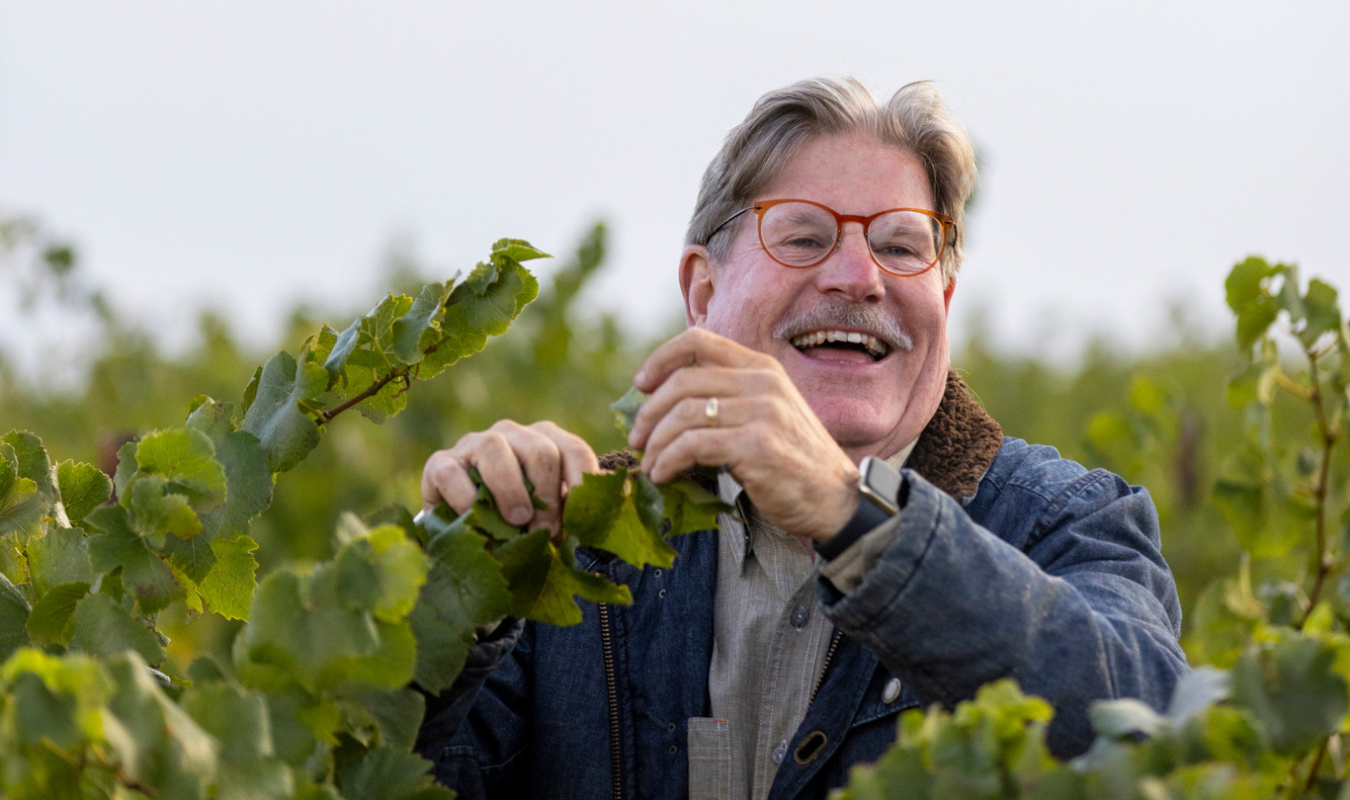
As the trend of sustainable living gains momentum, organically farmed wines are becoming a topic of increasing interest. With over 3 decades of hands-on experience in organic farming in the wine industry, Dan Morgan Lee, owner of Morgan Winery and wine grower for the Double L Vineyard, addresses common FAQs about organically farmed wines and offers unique insights into the practice.
What sets organically farmed wines apart from others?
Dan: Our organically farmed Double L Vineyard wines are crafted from grapes grown without synthetic fertilizers, pesticides, or herbicides. Instead, organic farming practices utilize natural techniques, ensuring a richer soil profile, effective pest management, and a healthy crop while being kinder to the environment. As a wine grower, this means committing to nurturing my vineyard and considering the long-term impact on the land.
What does the label "Made with Organically Grown Grapes" mean?
Dan: As a certified organic vineyard, we can confirm that it's all about the grapes. Wines that use grapes grown organically might not follow an entirely organic winemaking process. For instance, non-organic additives, such as sulfites or fining agents, may be used during production. Hence, you might come across wines that claim to be "made with organically grown grapes" but don't have the full "organic wine" label due to certain non-organic winemaking practices.
What is the organic certification process?
Dan: I'm proud to say the Double L Vineyard is the first and only certified organic vineyard in the Santa Lucia Highlands. This distinction requires meeting rigorous criteria and is governed by the United States Department of Agriculture (USDA). Unlike other certifications, certified organic is the only certification that adheres to a strict set of rules put forth by the USDA.
The process includes a thorough annual review of our vineyard practices, on-site inspections, and an evaluation of the soil and water quality.
Does an organic vineyard cost more to farm?
Dan: While organic materials aren't more costly than conventional non-organic additives, organic farming does require more labor and specialized expertise to adapt to the local climate, manage pests, and maintain good soil health. Furthermore, obtaining and maintaining an organic certification may add to your overall expenses, but it sends a powerful message to consumers about our commitment to worker's health and the environment.
What are the next steps in organic farming at the Double L Vineyard?
Dan: While the organic certification is certainly the most stringent, at the Double L Vineyard we've taken our organic farming further by adding an additional "Real Organics" certification. It exists to help buyers and consumers differentiate farms that are growing their animals and crops to not only the letter, but also the spirit of the certified organic standards. For us, I think it embodies our desire to go above and beyond the USDA standard to be good stewards of our land and our vines.
Through organic wine farming, we're able to expand the horizon within the wine industry while acknowledging the growing demand for eco-conscious, ethically sourced, and delicious wines. Morgan Winery is proud to be a leader in the organic farming movement in the Santa Lucia Highlands.
Wine Gifting Tips from Team Morgan
Everyone loves a great bottle of wine. It’s one of the few gifts that’s sure to please just about anyone — provided you get it right! If you want to impress your friends and family with a unique, thoughtful gift that they’ll love and treasure, then follow our expert gifting advice below.
Early arrival
If you're gifting for a holiday or celebration, order your wines early to get around any "just-in-case" situations (like a shipping delay). Save yourself the trip to the store by stashing some extra bottles for a last minute hostess gift, impromptu secret Santa exchange, or to round out a gift basket. Worst case scenario? You'll get to enjoy any left after the holidays!
Pick the perfect bottle
The perfect bottle of wine is one that suits your recipient’s palate and personality, and there is nothing wrong with snagging their preferred varietal. However, it's also fun to challenge their palate by buying them something new!
If your recipient favors red wines, a bottle of Pinot Noir will always be a classy choice. But a Rhone-style red blend (like our Cotes du Crow's) is another fun option that can be surprisingly versatile and easy to pair with food.
If they love white wines: Our Double L Chardonnay is well loved for its balanced oaked character, but if you're looking to gift something alternative, why not venture a kabinett-style Riesling from the same organically-farmed vineyard?
Keep it chill
If you're planning on contributing wine to a holiday dinner, make sure that you chill the whites in the fridge and the reds in the cellar ahead of time. That way the bottles are ready to be served right away.
The holiday season means we are cozying up and cranking our central heating to "toasty", but make sure your wine gifts are kept in a cool, dark place until they're ready to open. Under the tree would be perfect, but next to a roaring fire is not.
Presentation is everything
Get classy with your gift wrapping. A purpose-made box with dividers and padding will not only look great, it'll also keeping your bottles safe during transit.
It's not just about the wine: Make it personal with a handwritten card, and make it practical by including a corkscrew. This way they won't have to search for one when it comes time to open their gift. But don't worry, we have you covered: Our holiday gift packs include both!
Go big
Nothing says "celebration" like a king size bottle! Equivalent to two standard bottles of wine, make your next gathering memorable by uncorking a Morgan magnum. Larger bottles age wine slowly and gracefully, not to mention they are inherently festive and make a fantastic centerpiece at the holiday table.
We hope these tips help you find the perfect gift for your wine-loving friends. Don't forget: If you're looking for the perfect holiday gifts, check out our holiday gift guide.
Santa Lucia Highlands Harvest Update
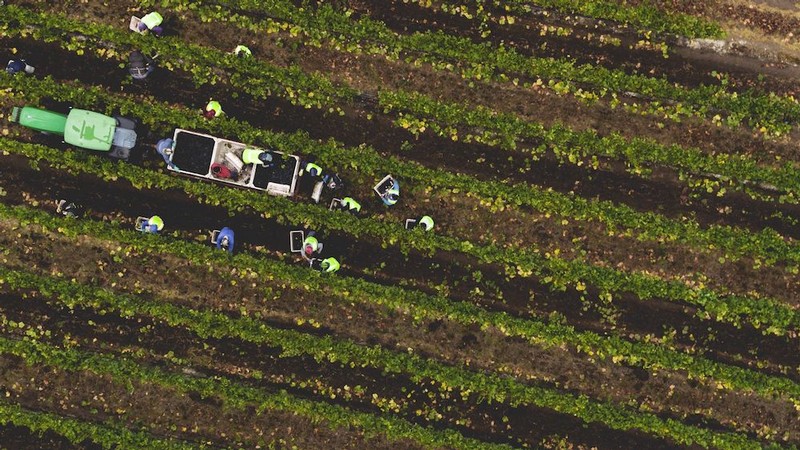
In a Harvest Update Zoom call on September 19, 2023, moderated by Gwen McGill, winegrowers of the Santa Lucia Highlands candidly discussed their growing season. Annie Lee of Morgan highlighted the impact of the abundant winter precipitation: it resulted in heightened vigor in the vines and the cover crop. Lee mentioned that bud break at her Double L property occurred in late April, with flowering in early June. She was pleased with the fruit set and shared that the unusually high precipitation and delayed bud break called for intensive vineyard work in May and June.
Lee reported that due to this year's weather patterns, there is a reversal in the ripening between their lower and upper fields, with the lower field ahead this year. Lee also indicated that despite an initial thinning of the green fruit to aid the ripening of remaining clusters, the vines are so fruitful they'll go through a second thinning process. With all these factors considered, she anticipates a delayed but bountiful harvest.
This report illustrates that while Lee and other winegrowers are navigating substantial changes due to this year's weather conditions, careful management can help growers adapt to Mother Nature's curveballs.
California winemaking in the era of climate change
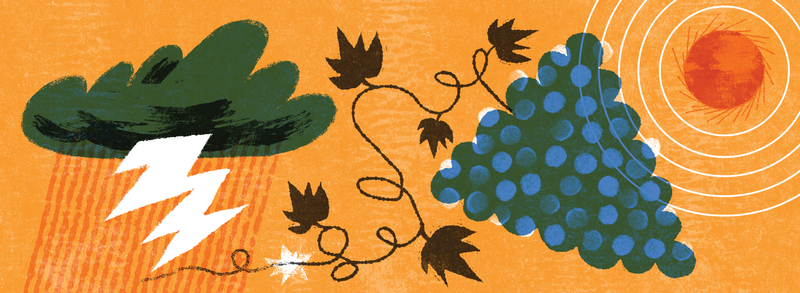
California winemakers are riding the Climate roller coaster and
still producing top rated drinks. It’s all about the passion.
By: Louise L. Schiavone
"This crazy weather is my biggest concern," winemaker Dan Morgan Lee tells me in the middle of the California winter's extraordinary rainy season. A lifetime winemaker and founder of Morgan Winery, Lee owns 65 acres in Soledad, California's Santa Lucia Highlands. In this rain-drenched winter, the hillsides have transformed from drought-parched brown to a green as rich as the Scottish Highlands. Fifty acres of the vineyard are planted with grapevines and, together with the grapes that Lee buys from other farmers, Morgan Winery produces 30,000 12-liter cases a year. Its stocks sell out annually, with retail prices ranging from $20 to $75 per bottle. He holds 90+ ratings for many of his wines, mainly chardonnays and pinot noirs.
Morgan bottles everything from the vineyard before the next harvest. "We sell a good product that tastes good to us," Lee says. But in recent years, like all farmers, he's concerned about the intensifying manifestations of climate change. "The dry years are really dry, and the wet years are only wet." The Highlands experienced a flood two years ago. In 2020, a fire in the hillsides corrupted the flavor of red grapes in many vineyards, including Morgan's, with smoke taint so powerful that it made them unusable. A Labor Day temperature spike last year dehydrated some grapes on the vines, but Lee sees every day as a new exercise in advance planning and patience. "We find that, a lot of the time, your sugars rise with a full moon and once it starts to wane, they normalize."
Beneath the Santa Lucia Highlands, Lee says, is an aquifer that's bigger than Lake Tahoe, enough to support growth for at least two decades. When this highly coveted land became his in 1996, he resolved to go organic. "There were so many people around here who said, 'You're absolutely crazy!'" But, he thought, "we were so fortunate. Land in the Santa Lucia Highlands doesn't change hands, probably ever, and we thought, How do we treat this property with the most love and the most respect that we can?"
The full article can be viewed by clicking here.
Why Pinot Noir Excels in the Santa Lucia Highlands
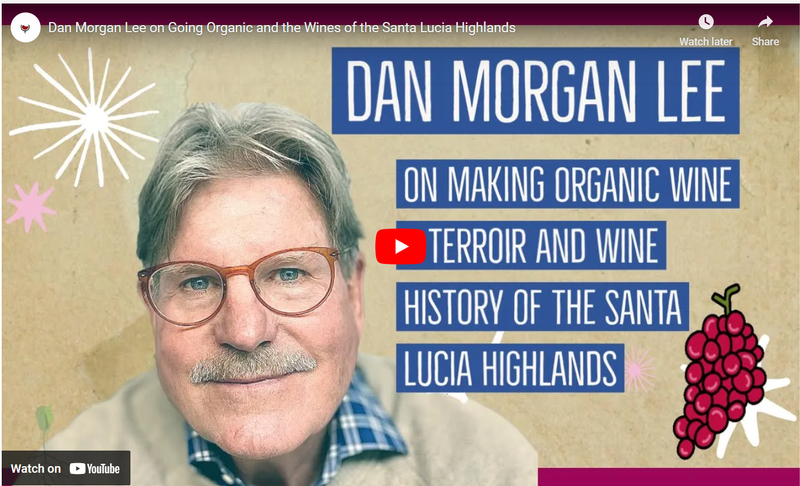
"The Santa Lucia Highlands sits on the east-facing terraces of the Santa Lucia mountain range to the south of Monterey Bay on California's Central Coast. In the 1790s Spanish missionaries and conquistadors planted the first vinifera wine grapes here but for the next two centuries the area focused more on vegetable farming than on viticulture. Winemaking really started to redevelop as an industry in the 1970s with the emergence of a handful of family wineries. The Santa Lucia Highlands officially became an AVA in 1991. It is 18 miles long with elevations ranging from 40 to 2,300 feet. Today there are 5,700 acres of vinifera grapevines, predominantly Pinot Noir and Chardonnay.
When Dan Morgan Lee graduated in 1978 from the enology program at UC Davis, the famous Napa Valley was where most of his classmates were drawn to. Lee chose a different path taking a head winemaker job in little known Monterey County, three hours to the south of Napa. Four years later Dan and his wife Donna Lee started Morgan Winery. At the time the area had little in terms of reputation as a quality winemaking area. Today the Santa Lucia Highlands is considered some of the best terroir in California for growing Pinot Noir and Chardonnay in the United States.
The Morgans have played an important part in the development of the Santa Lucia Highlands and their winery has been recognized for quality from the beginning with their very first Monterey Chardonnay earning a Gold Medal at the LA County Fair and a Platinum Medal from Wine & Spirits Magazine. Since then, they have won many awards including the prestigious “Winery of the Year” honors from Wine & Spirits in 1996 and from the San Francisco Chronicle in 2003."
To read Dan's full interview by Christopher Barnes of the Grape Collective, click here.
48 Hours on the Monterey Peninsula
Monterey County is home to sweeping coastal scenery, locally grown wine, fine dining, vibrant downtown areas, plenty of outdoor recreation, and so much more! With our forty years of experience on the Peninsula, we are ready to help you explore like a local with some of our favorite places to eat, drink, and play!
Day 1

Eat:
Woody's at the Airport
Just steps from your arrival at the Monterey Regional Airport, this restaurant is owned by the award-winning and locally celebrated chef Tim Wood. Look no further, this is a top-flight meal.
Tip: The sand-dabs are a must-order, and our Highland Chardonnay is a perfect pairing.
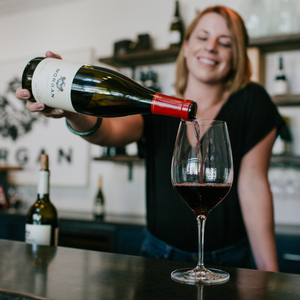
Drink:
Taste Morgan
Every good vacation starts with a tasting at Taste Morgan! This is the only place to taste our most limited releases, and on Sundays, perfectly aged wines straight from our library.
Tip: Book a reservation ahead of time and save on a seasonal cheese plate pairing.
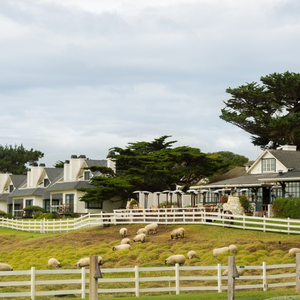
Stay:
Mission Ranch
Owned and restored by Clint Eastwood, the Inn is a quaint and charming retreat a short distance from downtown Carmel.
Tip: You might spot the Hollywood actor and former Carmel Mayor at the bar drinking a glass of our Twelve Clones Pinot Noir, rumored to be his favorite local wine.
Day Two
Play:
 Elkhorn Slough
Elkhorn Slough
Embark on a kayak tour through the state's largest salt marsh, with guaranteed sightings of playful sea otters and other rare plants and animals.
Tip: Plan your journey into the slough to coincide with the daily tides - it's much easier paddling with the current than against it!
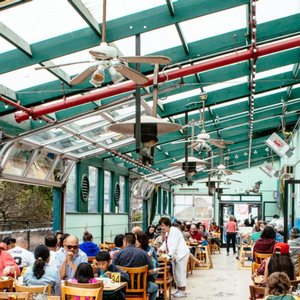
Eat:
Phil's Fish Market
This local's favorite boasts some of the freshest seafood in the county, straight out of nearby Moss Landing harbor.
Tip: The line moves quickly and there's always plenty of picnic seating available. Check their live webcam for the weather before you go.
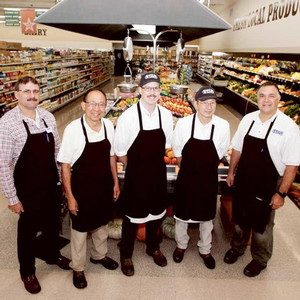
Shop:
Star Market
On your way home, stop by historic Star Market in Salinas to stock up on an expansive selection of local foods, fresh produce, and premium cuts from their in-house butcher shop.
Tip: Ask for Victor in the wine aisle. He gets some of the best wine deals in Monterey County!
We hope our tips and recommendations will help you to create a truly unforgettable trip along the California coastline. We'd love to hear about your favorites too! Follow us on Facebook, Instagram, or Twitter, and join in by tagging us @morganwinery.
Santa Lucia Highlands - Forbes.com
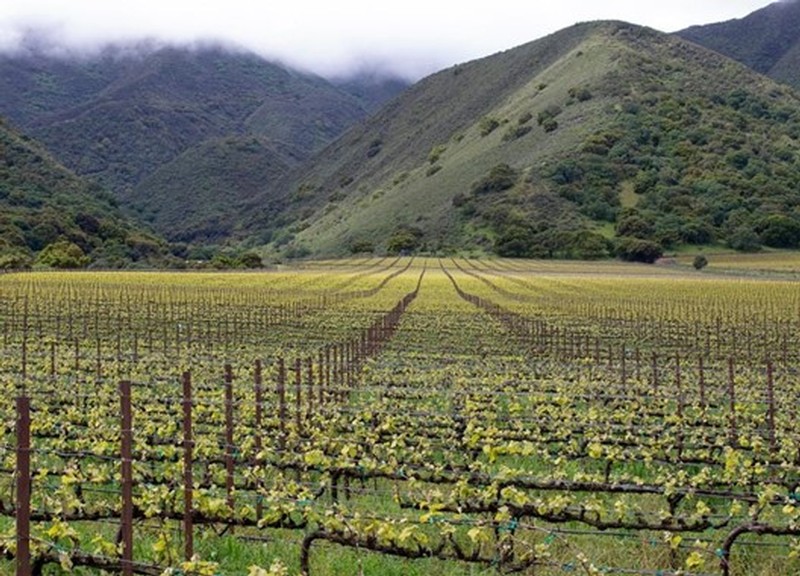
Forbes.com
By: Cathrine Todd
Another well-known figure in the area is Dan Morgan Lee, no relation to Adam Lee. He has been a winemaker in Monterey County for over 40 years and started to focus on Santa Lucia Highlands around 20 years ago with his winery, Morgan Winery. Although the Pinot Noir wines from Santa Lucia Highlands have gotten a lot of attention, Dan said that Chardonnay initially put them on the map such as the ones made by Talbott Vineyards and his winery. But it makes sense since great Pinot Noir and outstanding Chardonnay go hand in hand in finding the ideal grape growing region.
Yet Dan is not only proud of their fabulous Pinot Noir and Chardonnay but that they continue to safeguard the Santa Lucia Highlands AVA name by making sure that only vineyards that fit particular criteria are included in the official appellation. A few years back, Dan initiated the need to have the wine region evaluated by a professional geographer and viticulturist who examined the geological formations. The areas that were truly highlands were added, or if already existing within the AVA were allowed to stay in it, compared to the flatter land removed from the appellation, so some land was added while a lot more land was taken out. It is undoubtedly an atypical course of action to have less total acreage after a new AVA assessment is done.
The full article can be viewed by clicking here.
10 Central Coast Delights at 90+ Points

By: April Louis
May 16, 2022
Tasting Highlights' wine reviews are fresh out of the tasting room, offering a sneak peek of our editors' most recent scores and notes to WineSpectator.com members.
Stretching from Santa Barbara County to the San Francisco Bay area, California's Central Coast AVA is one of the most diverse wine regions in the country. Featuring Monterey Chardonnay, Santa Barbara Pinot Noir, Paso Robles Zinfandel and more, this week's selection displays the sheer range of Central Coast wines available. Even better, all ten wines here have earned 90 points or more on Wine Spectator’s 100-point scale, offering some of the best examples from this expansive region.
Santa Barbara is known for its lively and brigh-fruited wines. Take Margerum’s Sybarite Sauvignon Blanc for example; it delivers fresh pomelo, citrus zest and lime leaf flavors on a sleek yet juicy frame. But Santa Barbara is perhaps best-known for its Pinot Noir. Optik’s Bien Nacido Vineyard bottling is a light and piercing version with cherry, blood orange, pomegranate and tarragon notes.
While the warm Paso Robles region is known for Rhône-style wines and Zinfandels, Adelaida has succeeded here with Chardonnay. Vineyards in the Adelaida District AVA benefit from chalk-limestone soils and the Pacific's influence, which causes significant diurnal swings during the summer, allowing Chardonnay to thrive. As a result, Adelaida’s HMR white bursts with stone fruit flavors and butterscotch, ginger and orange sherbet notes.
Moving up Route 101, the Santa Lucia Highlands appellation lies near the coastal town Monterey. Morgan has been making wine in the area since the 1980s, including the zesty G17 Syrah below, a great value at $25. Farther north, Contra Costa County may not be the Central Coast's best-known subregion, but it's notably home to century-old vines. The region's Evangelho vineyard, for instance, was planted more than 130 years ago by Portuguese immigrants. It's the source of the Zinfandel, Mataro and Carignan grapes used by Bedrock winemaker Morgan Twain-Peterson to craft the unique field blend below, which displays rich cherry and orange peel notes supported by lively tannins.
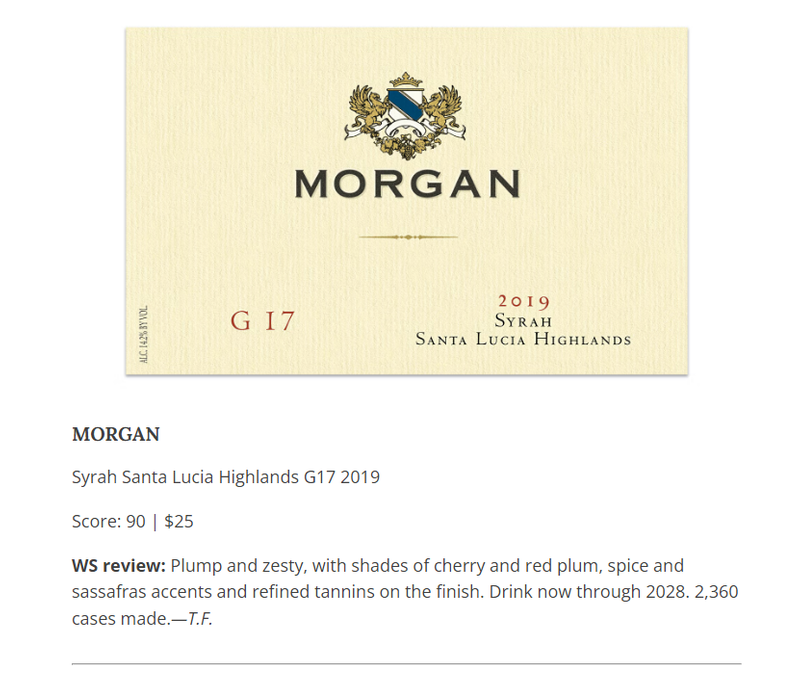
Albariño: New releases of the crisp white wine are a harbinger of warm-weather sipping.
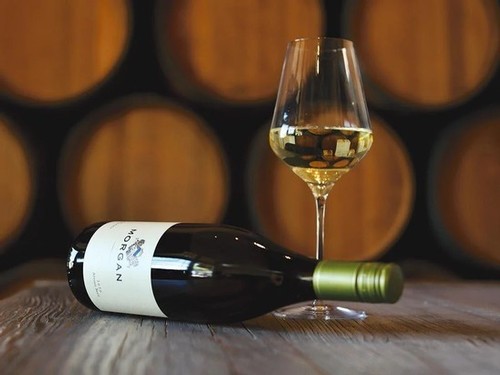 Monterey County Weekly
Monterey County Weekly
By: Dave Faries
Nature lets us know when spring arrives. The rains – such as they were – trickle to a stop. Meadows bloom. A new vintage of Albariño arrives at tasting rooms.
Actually, that may not be an official sign of the season, but perhaps it should be. Several wineries, including Morgan, I.Brand’s La Marea label, and Twisted Roots, released their new editions of the varietal over the past few weeks. It’s reason enough for a little spring Albariño fling.
Morgan’s 2020 version is distinctly genteel on the nose – floral, with whispers of whole mango and apple peelings. A sip lulls you at first, with soft blossoms and hints of buttered toast. But that is just a ruse, as brash lemon and tart apple burst onto the palate. The wine becomes brisk and playful before residing on the finish.
Albariño has sprung.





